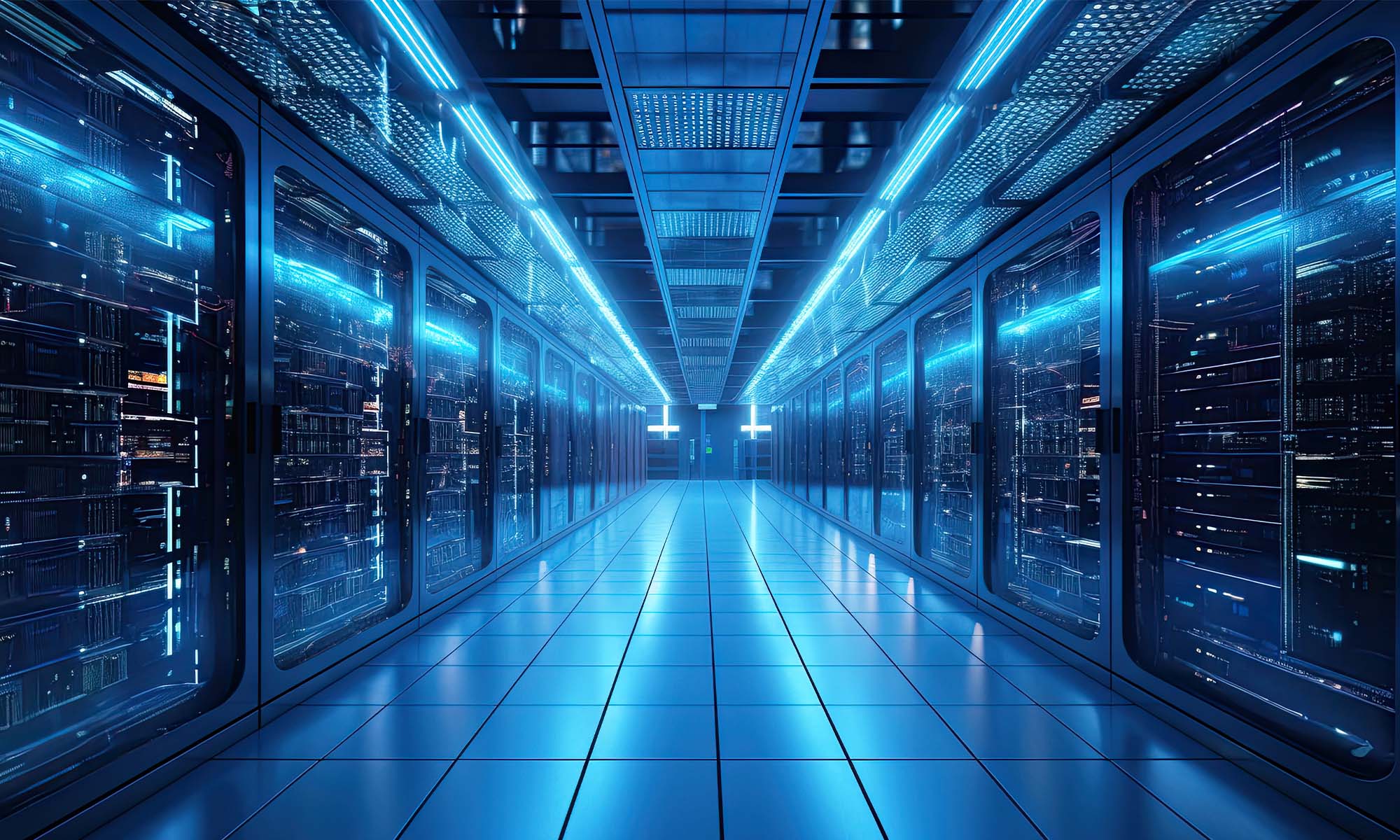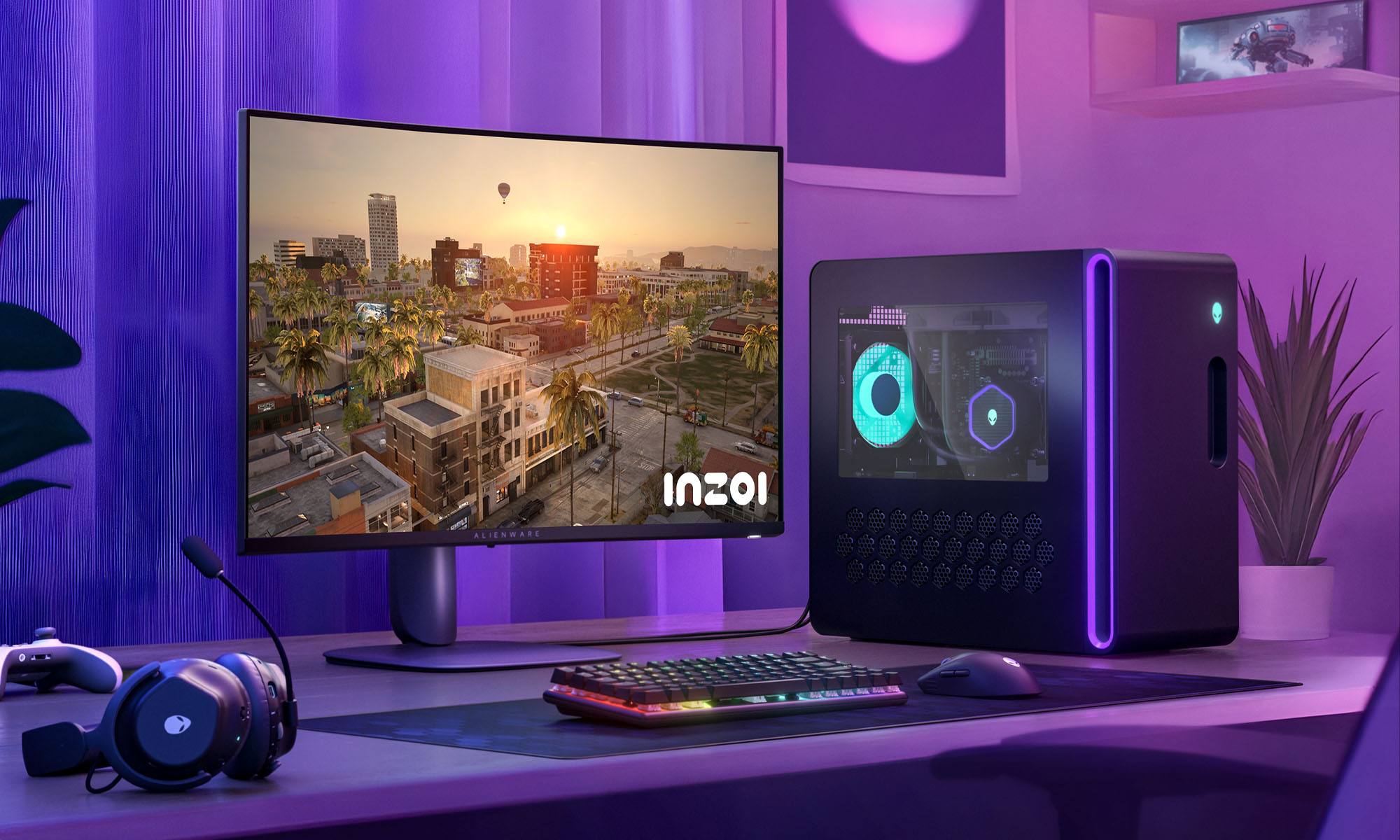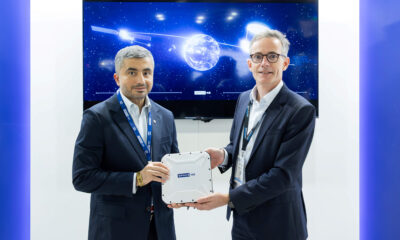News
The Many Benefits Of System Redundancy For An Organization
Discover the numerous advantages of implementing system redundancy for your organization and enhance operational reliability.

The term redundancy is hardly ever used as a positive term or in a positive context. Generally speaking, redundancy refers to an unnecessary repetition or copy of something and has connotations of beating around the bush, especially where writing and speech are concerned.
But let’s forget about that for a moment. From a purely business operations point of view, redundancy is one of the best and most reliable ways to ensure the soundness of your critical infrastructure. It helps ensure your networks are running the way they should: free of any disruption.
With people’s patience for downtime continually wearing thin and its costs constantly on the rise, organizations need to make sure that they are minimizing downtime as much as possible. Thanks to redundant systems, you can ensure that downtime, both planned and unplanned, isn’t as big of a headache as it would be otherwise. But that’s not all; redundant systems provide organizations with a host of other benefits.
What Is System Redundancy?
System redundancy refers to the duplication of critical components and infrastructure that can be used as a fallback in case of failure with the primary critical infrastructure. These backup systems are known as redundant systems.
Types Of Redundancy
System redundancy is classified into three main categories:
- Hardware Redundancy: This is the duplication of critical hardware assets such as servers and data centers. It can also include duplication of power sources and network components.
- Software Redundancy: This involves running different copies or instances of software that is critical to the infrastructure on various devices and servers.
- Data Redundancy: This refers to making multiple copies of critical data and storing it in different locations within the same storage system or even a different storage system entirely.
How Does System Redundancy Help?
Increased Reliability
Redundant systems function as a backup for your critical infrastructure. This means you have assets and other systems in place that are primed and ready to take over promptly in case of failure in your primary asset infrastructure, greatly enhancing your fault tolerance. This is an especially effective way to ensure your systems are operating as intended, even when there is a failure. Redundant systems can significantly reduce downtime and ensure uninterrupted business continuity.
Improved Performance
Redundant systems don’t exist to serve merely as backups. Implementing redundancy into your critical infrastructure provides you with a lot more resources to work with. This enables you to improve performance by spreading the workload across multiple devices during periods of heavy load, resulting in reduced latency and optimal performance levels.
Where network performance is concerned, redundant systems provide a great solution to the problem of network brownouts (also known as unusable uptime). When downtime occurs, it often results in periods of greatly reduced performance, even after the network is up and running again. Network brownouts are among the biggest, albeit often overlooked, threats faced by IT organizations.
Disaster Recovery
Having redundant systems in place can greatly aid organizations with disaster recovery. We’ve already discussed how these systems allow you to quickly bounce back even when there is a failure in your critical infrastructure. Data redundancy, in particular, can enable you to quickly recover from a situation where you lose critical data either due to a malfunction in your storage infrastructure or an malicious action such as a ransomware attack. Having a backup of your critical data provides you with a simple data restoration option. It can enable you to revert to a previous state — before the data loss occurred.
The Benefits Outweigh The Cost
While the initial investment requirements for redundant systems are substantial, there is no doubt that they provide massive benefits and cost-savings in the long run. Ultimately, the organization needs to decide which systems need redundancy, but when implemented effectively, redundancy is a net positive for the organization.
News
Alienware Just Announced Six New Gaming Monitors
The new models include three QD-OLED and three budget-friendly QHD options, expanding the company’s lineup for all gamers.

Alienware has just updated its gaming monitor lineup with six new additions, including the highly anticipated Alienware 27 4K QD-OLED Monitor. The latest wave of releases is set to reach more gamers than ever, offering high-end QD-OLED displays alongside more budget-friendly options.
The latest displays clearly show that the company is doubling down on QD-OLED with three new models sporting the technology. A redesigned Alienware 34 Ultra-Wide QD-OLED Monitor is also making a return, further refining what is already a fan-favorite display.
A Unified Design: The AW30 Aesthetic
All six monitors feature Alienware’s new AW30 design language, first introduced at CES. The AW30 aesthetic brings a futuristic, minimalist look that unites the entire lineup under a cohesive visual identity.
Pushing QD-OLED Even Further
The refreshed Alienware 34 Ultra-Wide QD-OLED Monitor (AW3425DW) builds on its predecessor’s success with a 240Hz refresh rate (up from 175Hz) and HDMI 2.1 FRL support. It also gains G-SYNC Compatible certification alongside AMD FreeSync Premium Pro and VESA AdaptiveSync, ensuring ultra-smooth performance. With a WQHD (3440×1440) resolution and an 1800R curve, this display enhances immersion for both gaming and cinematic experiences.
For those who crave speed, the Alienware 27 280Hz QD-OLED Monitor (AW2725D) pairs a high refresh rate with QHD resolution, balancing sharp visuals with ultra-smooth gameplay. Meanwhile, the Alienware 27 4K QD-OLED Monitor (AW2725Q) delivers stunning clarity with an industry-leading pixel density of 166 PPI, making it the sharpest OLED or QD-OLED monitor available.
Also Read: Infinite Reality Acquires Napster In $207 Million Deal
Worried about OLED burn-in? Alienware’s entire QD-OLED lineup comes with a three-year limited warranty covering burn-in concerns, offering peace of mind for gamers investing in these high-end displays.
Bringing QHD To A Wider Audience
Alongside QD-OLED, Alienware is also releasing three new QHD gaming monitors aimed at more price-conscious gamers. The Alienware 34 Gaming Monitor (AW3425DWM), Alienware 32 Gaming Monitor (AW3225DM), and Alienware 27 Gaming Monitor (AW2725DM) provide a range of sizes and formats to suit different preferences:
- The Alienware 34 Gaming Monitor (AW3425DWM): An ultrawide (WQHD) option for a panoramic, immersive experience.
- The Alienware 32 Gaming Monitor (AW3225DM): A standard 16:9 panel for a traditional but expansive desktop setup.
- The Alienware 27 Gaming Monitor (AW2725DM): A 27” display offering the same performance in a more compact form factor.
All three gaming monitors feature a fast 180 Hz refresh rate, a 1ms gray-to-gray response time, and support for NVIDIA G-SYNC, AMD FreeSync, and VESA AdaptiveSync to eliminate screen tearing. Additionally, with 95% DCI-P3 color coverage and VESA DisplayHDR400 certification, these displays deliver vibrant colors and high dynamic range for lifelike visuals.
-

 News3 weeks ago
News3 weeks agoSpace42 & Cobham Satcom Launch New Satellite Broadband Terminal
-

 News3 weeks ago
News3 weeks agoRipple Gains DFSA License To Offer Crypto Payments In Dubai
-

 News2 weeks ago
News2 weeks agoAre You Ready For Hong Kong’s InnoEX & Electronics Fair?
-

 News2 weeks ago
News2 weeks agoWizz Air Abu Dhabi Adds Beirut Flights Amid Tourism Revival


















